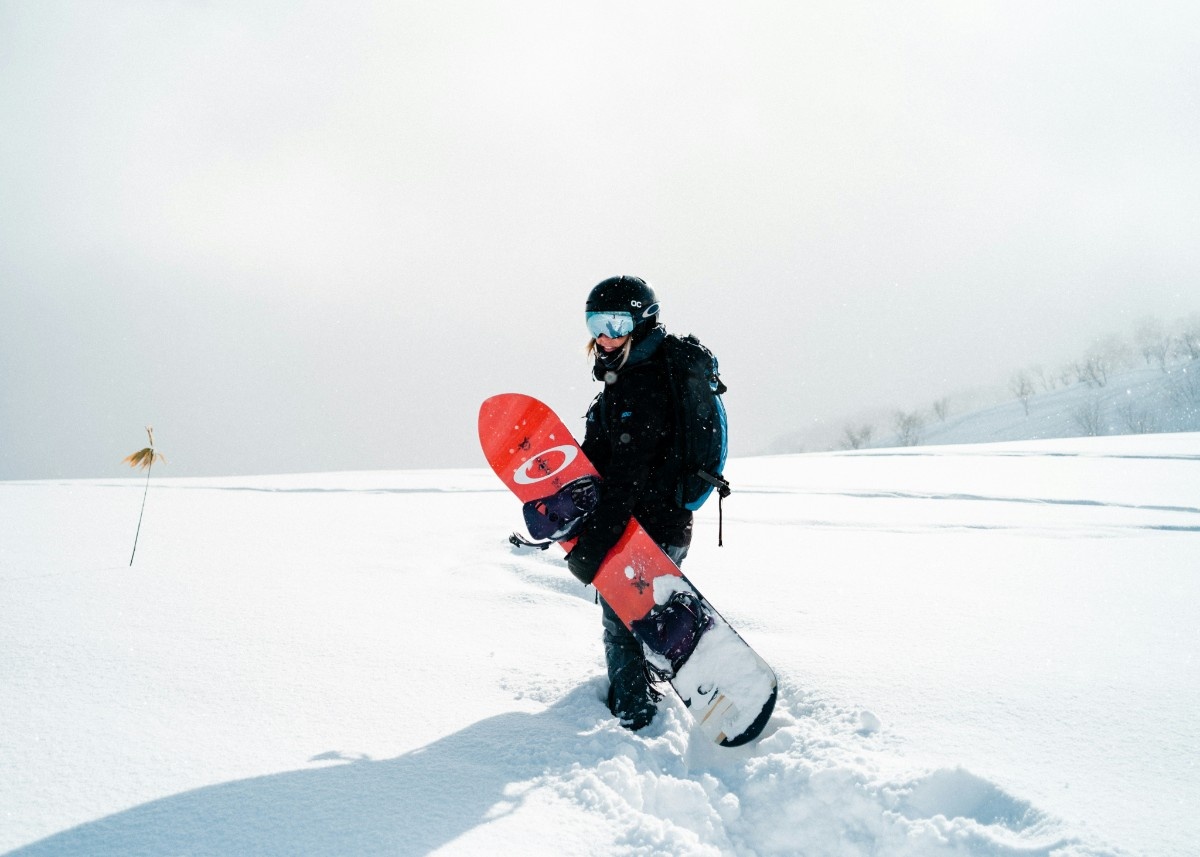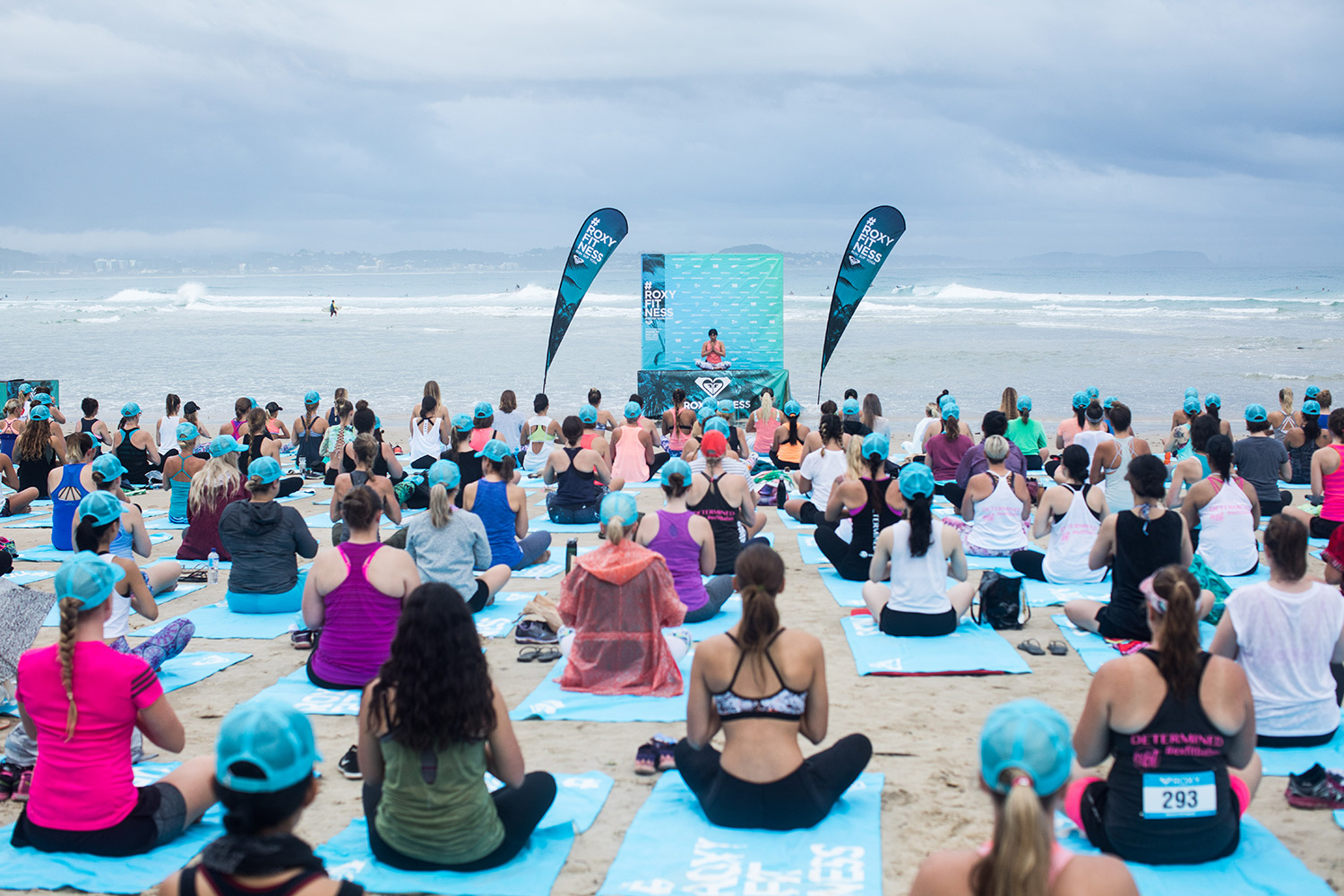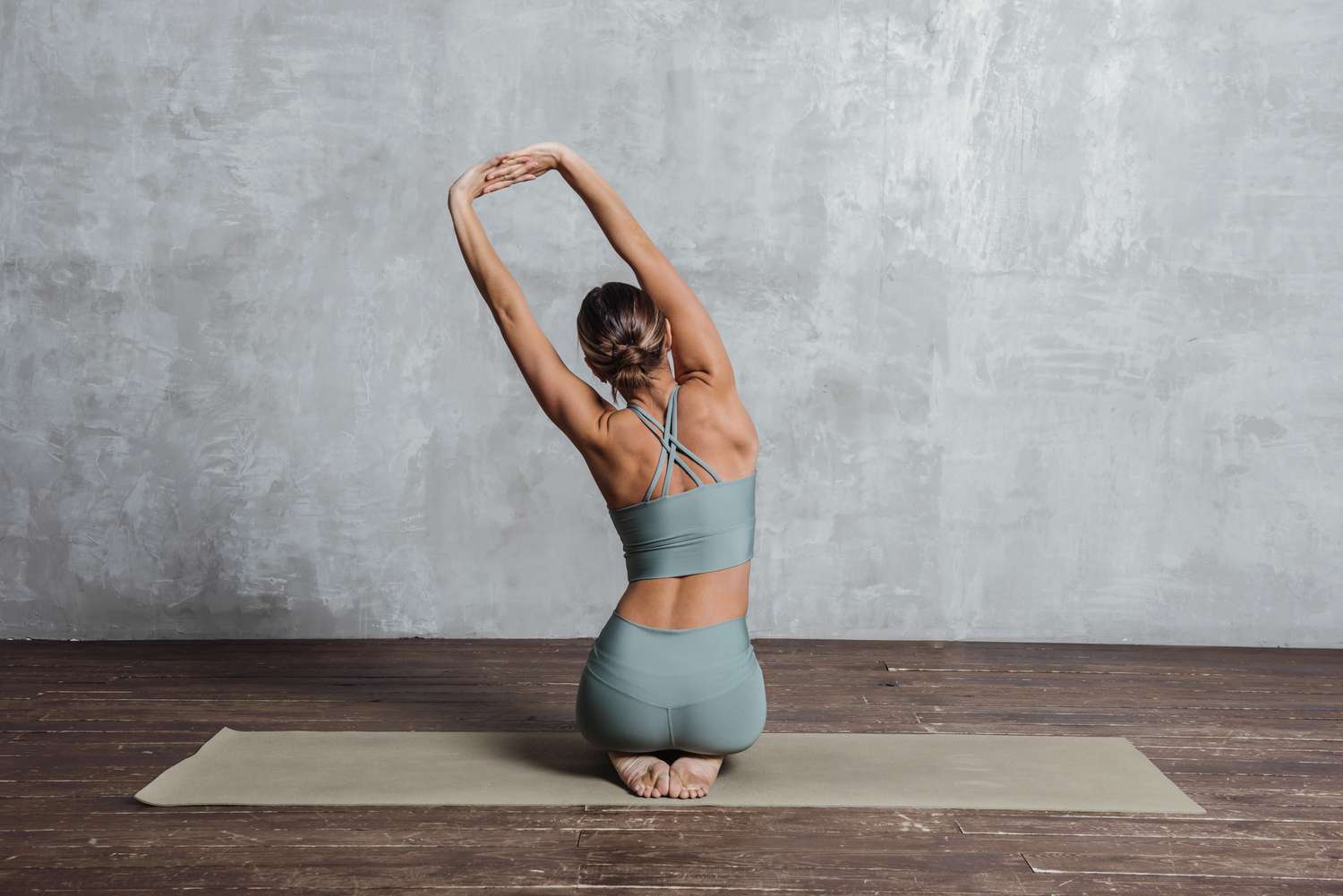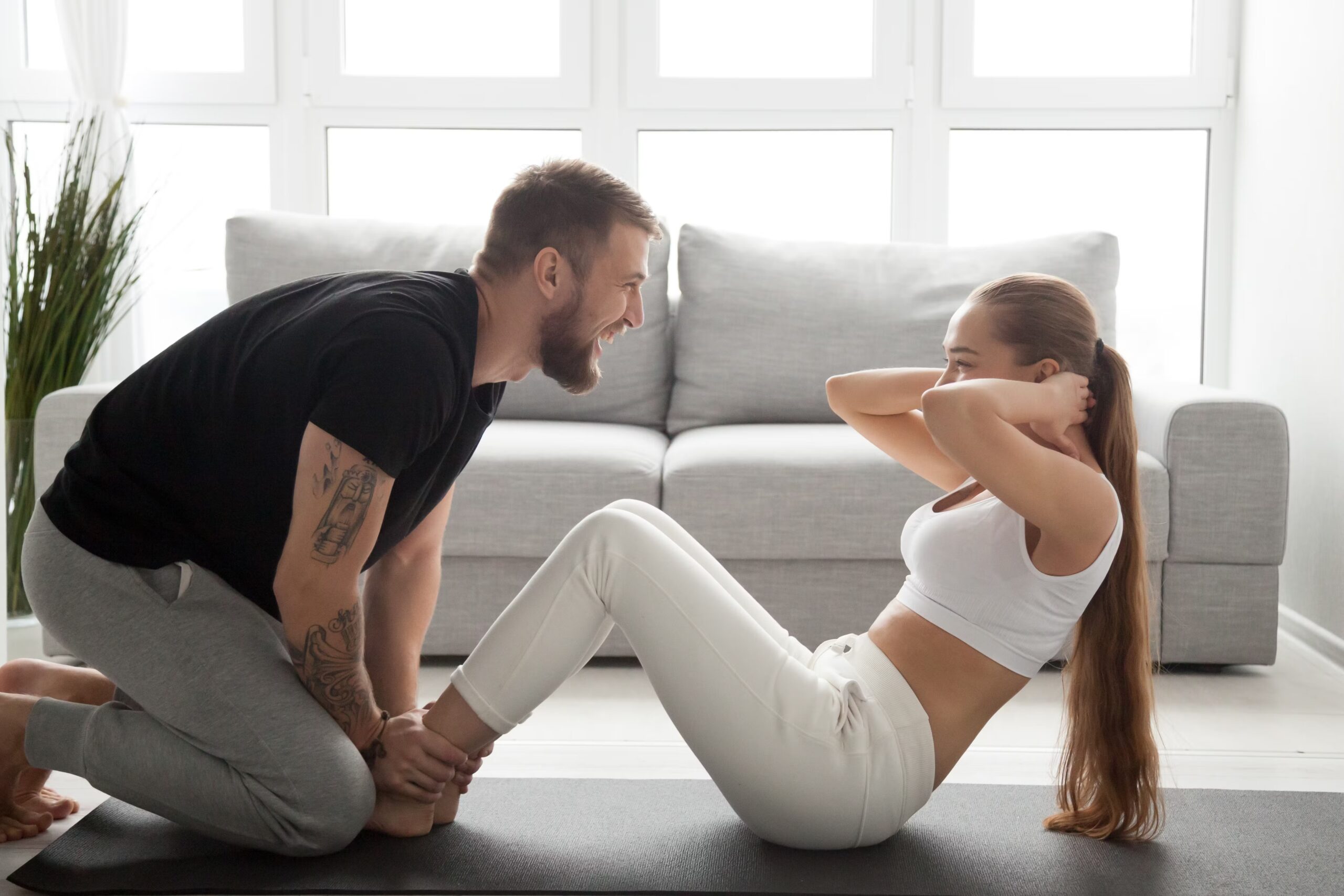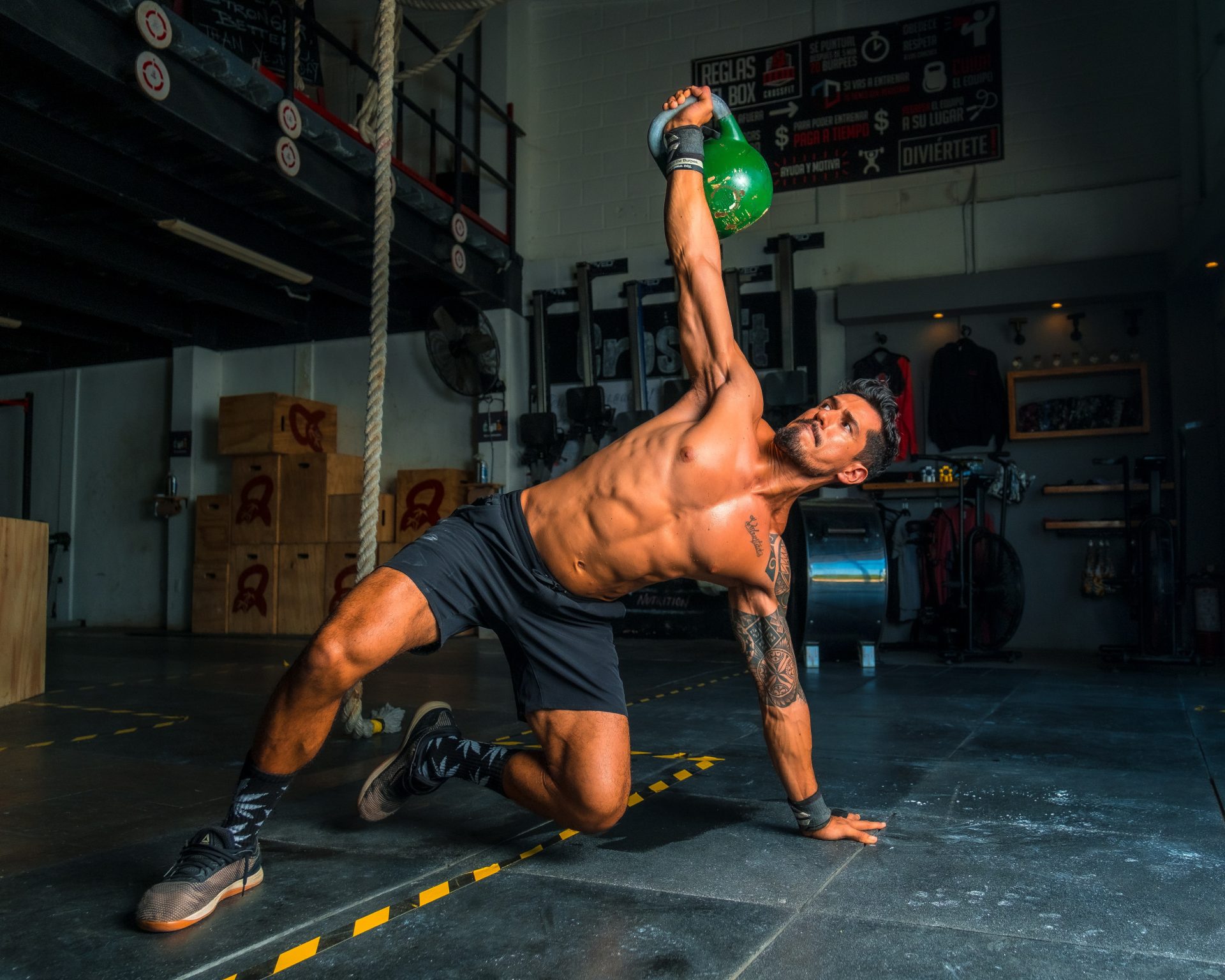Snowboarding is more than just an exciting winter sport; it’s a demanding activity that requires strength, balance, and focus. For those looking to improve their skills on the slopes, enhancing your physical performance is crucial. Understanding the key elements of training specific to snowboarding can lead to better balance and overall performance, making your time on the mountain more enjoyable.
Effective training does not only prepare your body but also sharpens your mental focus and improves your technique. From strength workouts to balance drills, a well-rounded approach will help you tackle various terrains with confidence. Adopting these practices ensures you can ride longer while reducing the risk of injury.
Incorporating strategies for nutrition and recovery into your routine can further enhance your results. This holistic view of snowboarding performance is essential for anyone serious about taking their skills to the next level.
Key Takeaways
- A balanced training program boosts your snowboarding skills and confidence.
- Recovery and nutrition play vital roles in optimizing your performance.
- Injury prevention tactics are key to a safe and enjoyable snowboarding experience.
Pre-Season Training Essentials
To excel in snowboarding, focus on building strength, improving balance, and enhancing flexibility. Effective pre-season training prepares your body for the demands of the sport and helps you stay injury-free.
Building a Strong Foundation
Start your training with a focus on strength. Target your core muscles, as they play a vital role in maintaining control and balance on the board. Exercises like squats, lunges, and planks are essential for building strength in your legs and core.
Include strength training sessions at least twice a week. Aim for a mix of compound movements to engage multiple muscle groups. Using free weights or bodyweight exercises can improve your overall power, which is important for snowboarding.
Incorporate dynamic stretching before workouts to enhance muscular readiness. Movements such as leg swings and arm circles prepare your body for more intense exercises.
Balance and Coordination Development
Balance is key for snowboarders, as it affects your ability to perform tricks and maintain control. Include exercises that specifically target balance and coordination in your training.
Single-leg stands and balance boards can help improve your stability. Consider adding agility drills to your routine, such as ladder exercises, to enhance coordination. These not only build strength but also sharpen your reflexes.
Practice dynamic balance drills, like hopping from side to side, to mimic the movements you’ll make on the slopes. This type of training is crucial for improving your proprioception, which helps you feel where your body is in space.
Flexibility and Mobility Routines
Flexibility reduces the risk of injury and enhances your range of motion. Regularly include stretching routines in your training to promote flexibility.
Yoga is an excellent practice that supports both flexibility and balance. Poses like downward dog and warrior can improve your flexibility while strengthening your core. Aim for a yoga session once a week to maintain these benefits.
In your warm-up, incorporate dynamic stretches like walking lunges and high knees. After your workouts, spend time on static stretches to improve muscle recovery and maintain flexibility. Focus on key areas like your legs, hips, and back to support the movements involved in snowboarding.
Snowboard-Specific Strength Training
Building strength for snowboarding involves focusing on key muscle groups that enhance performance and reduce injury risk. Specific exercises target your lower body, core, and upper body to support your movements on the slopes.
Lower Body Focused Workouts
Your lower body plays a crucial role in snowboarding. Focus on squats and lunges to build strength in your quads, hamstrings, and glutes. These exercises mimic the motions you use when carving and turning.
- Squats: Aim for 3 sets of 12-15 reps. You can try variations like sumo squats to target different muscle areas.
- Lunges: Perform walking lunges or reverse lunges. Both enhance balance and strength.
In addition, plyometric exercises like jump squats can develop explosive power. This type of training prepares you for quick adjustments on the slopes, making your movements smoother and more efficient.
Core Stability and Strength
A strong core is essential for maintaining balance and performing tricks. Incorporate movements that engage your abdominal muscles and lower back.
- Planks: Hold a plank position for 30-60 seconds. Aim for three sets. Consider side planks to work your obliques as well.
- Russian twists: Use a medicine ball or weight for added resistance, completing three sets of 15-20 reps.
Core exercises build the necessary stability for turning and landing jumps. When your core is strong, you’ll find it easier to control your body and absorb shocks from uneven terrain.
Upper Body and Core Synergy
While lower body strength is vital, upper body strength also plays an important role. Strong arms help with balance and control.
- Push-ups: Use regular or modified push-ups to build strength. Aim for 3 sets of 10-15 reps.
- Rows: Use dumbbells or resistance bands. Rows will work your upper back, improving posture on the board.
Integrating upper body exercises into your routine builds synergy between your core and legs. This combination is crucial for achieving better performance and stability in snowboarding.
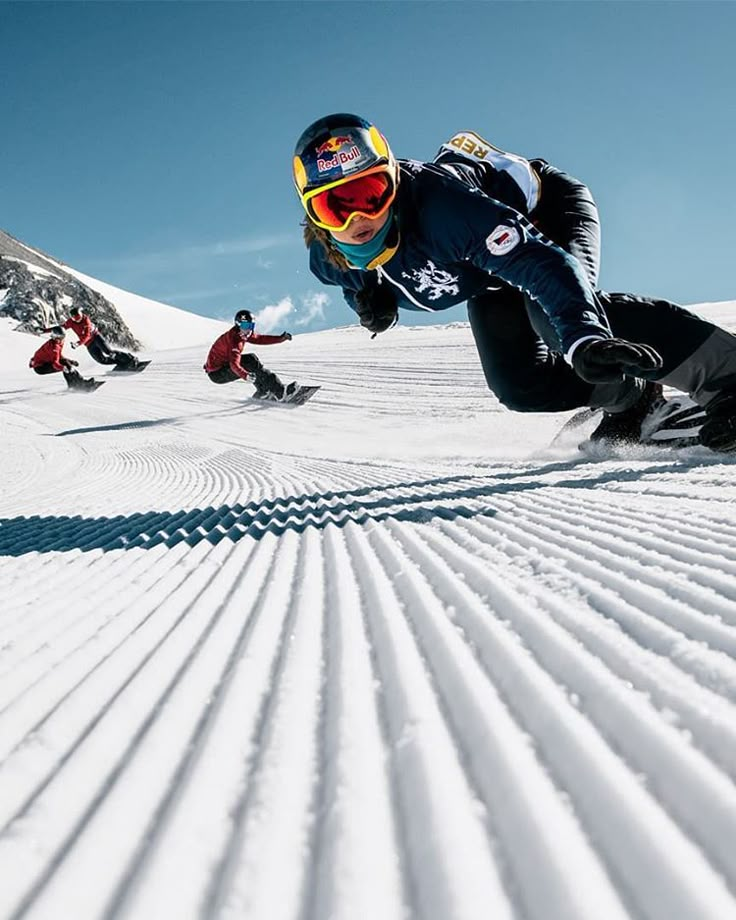
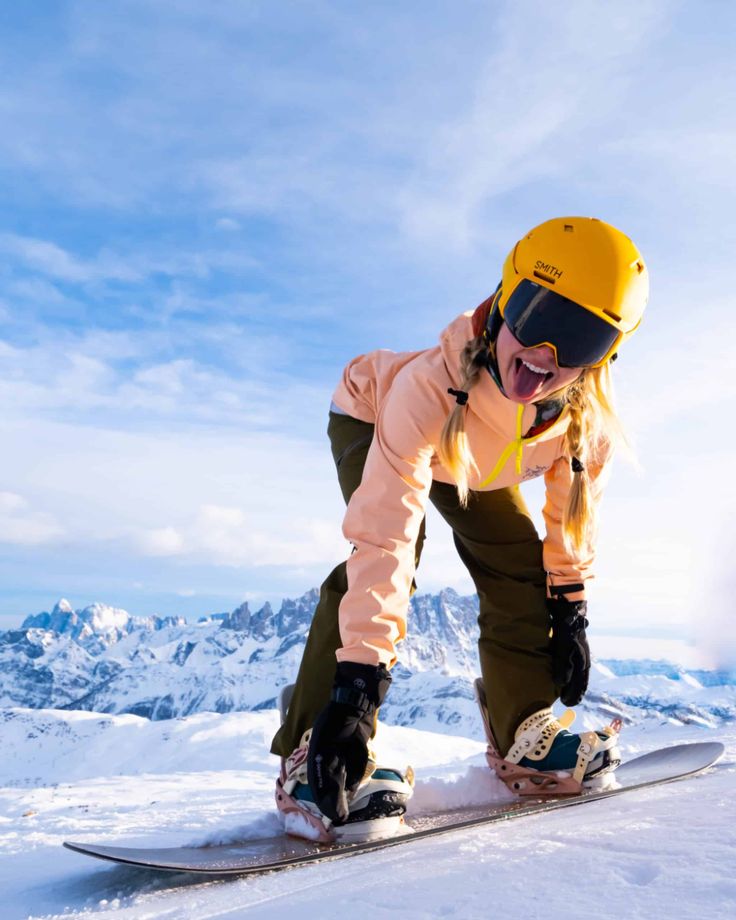
On-Board Skill Enhancement
Enhancing your skills on the snowboard requires a blend of balance, technique, and practice. Key areas include mastering your balance and control, exploring various riding techniques, and utilizing balance boards to sharpen your abilities.
Mastering Balance and Control
Balance is crucial for snowboarders. You need to keep your center of gravity stable while navigating slopes. Here are some tips to improve your balance:
- Focus on Weight Distribution: Shift your weight to your nose or tail as needed. This helps in turns and landing jumps.
- Knees Bent: Keep your knees slightly bent to absorb shocks from the terrain. This also improves stability.
- Core Engagement: Strengthening your core helps maintain posture. Engage your abdomen while riding for better control.
Practicing these elements leads to better coordination and smoother rides.
Snowboarding Techniques and Styles
Developing your techniques can enhance your overall performance. Here are some important techniques:
- Carving: Focus on smooth turns and edge control. Use your body to guide the board for better balance.
- Jumping: When you take off, keep your knees bent and your center of gravity low. This allows for better landing stability.
- Freestyle and All-Mountain: Use a mix of styles. Freestyle focuses on tricks, while all-mountain emphasizes versatility across different terrains.
Explore various riding styles to develop a well-rounded skill set and adapt to different conditions.
Utilizing the Balance Board
Balance boards are excellent tools for improving your stability. They simulate the snowboard experience and enhance your skills off the slopes. Consider these exercises:
- Basic Balancing: Stand on the board with your feet shoulder-width apart. Try to hold your balance for increasing durations.
- Squats on the Board: Perform squats while balancing. This strengthens your legs and improves your core strength.
- Rotational Movements: Shift your weight from side to side. This helps with edge transitions and enhances coordination.
Incorporating balance board training into your routine can lead to significant improvements in your snowboarding performance.
Injury Prevention and Recovery
It is essential to focus on both injury prevention and effective recovery strategies for snowboarders. These practices can help you enhance performance while minimizing risks associated with the sport.
Effective Recovery Strategies
Recovery is vital for improving your performance and avoiding injuries. Incorporating strategies such as rest, foam rolling, and active recovery can aid in muscle recovery.
- Foam Rolling: Use a foam roller on sore muscles to reduce tension and improve blood flow. This can help speed up recovery times after a demanding day on the slopes.
- Rest: Make sure to schedule regular rest days to allow your body to recover fully. Overtraining can lead to fatigue and increase your injury risk.
- Nutrition: Fuel your body with a balanced diet rich in protein, healthy fats, and carbohydrates. Proper nutrition supports muscle repair and energy levels.
Injury Prevention Exercises
You can reduce your risk of injury through specific exercises designed to enhance strength, balance, and flexibility. Focus on these key areas:
- Balance Exercises: Incorporate single-leg stands and stability ball workouts. These improve your control and prepare you for the dynamic conditions of snowboarding.
- Strength Training: Target key muscle groups such as your legs, core, and shoulders. Exercises like squats, lunges, and shoulder presses can build the strength needed for snowboarding.
- Flexibility Training: Engage in stretching routines to increase flexibility and reduce muscle tightness. This can help prevent strains and sprains during your rides.
By prioritizing these recovery strategies and exercises, you enhance your ability to perform while minimizing potential injuries.
Optimizing Performance Through Nutrition and Mindset
To reach your best performance as a snowboarder, it’s essential to focus on both your nutrition and mindset. Proper eating habits help your body function well, while a positive attitude keeps you motivated and ready to tackle challenges.
Nutritional Guidelines for Snowboarders
Good nutrition is crucial for snowboarders. You should emphasize a balanced intake of macronutrients: carbohydrates, proteins, and fats.
- Carbohydrates provide the energy needed for endurance and strength. Focus on whole grains, fruits, and vegetables.
- Proteins help with muscle repair and recovery. Include lean meats, fish, beans, and dairy in your diet.
- Healthy fats support overall health and can be found in foods like nuts, seeds, and avocados.
For pre-season preparation, start by building your nutrition foundation. In-season, maintain this focus to keep your energy levels high. Hydration is equally important; drink water throughout the day, especially before and during your sessions on the slopes.
Cultivating a Positive Mental Attitude
Your mindset plays a vital role in your performance. Cultivating a positive attitude can boost your confidence and improve focus.
Set specific, achievable goals for each training session. This helps keep your motivation high. Practice visualization techniques by imagining your runs before hitting the slopes.
Regular mental check-ins can also help. Take a moment to reflect on what went well and what can improve. Surround yourself with supportive teammates and coaches who encourage your growth.
Embrace challenges as learning opportunities. Staying mentally strong not only enhances your skills but also keeps you excited about the sport.
Frequently Asked Questions
This section answers common questions about enhancing your skills and balance for snowboarding. Understanding these topics can help you improve your performance on the slopes.
What exercises improve balance for snowboarding?
To improve balance for snowboarding, focus on exercises that engage your core and lower body. Activities like single-leg stands, balance board workouts, and yoga can enhance your stability. Strengthening leg muscles through squats and lunges also contributes to better balance while riding.
What sports help with snowboarding?
Sports that improve coordination, strength, and agility are beneficial for snowboarding. Activities such as skateboarding, surfing, and gymnastics enhance balance and body control. Participating in these sports can help you develop skills that transfer well to snowboarding.
How to improve snowboarding skills?
To improve your snowboarding skills, practice is essential. Take time to ride regularly, focusing on different terrains and conditions. Consider taking lessons from experienced instructors who can give you personalized feedback on your technique.
How is balance used in snowboarding?
Balance is crucial in snowboarding for maintaining control of your board. Good balance allows you to shift your weight smoothly, making it easier to carve turns and absorb bumps. A stable stance gives you the confidence to navigate various slopes effectively.
What is a good workout program for snowboarders?
A good workout program for snowboarders includes strength training, cardiovascular fitness, and flexibility exercises. Incorporate activities like squats, lunges, and planks to build strength. Don’t forget to add cardio workouts like cycling or running to improve endurance.
What are some effective balance exercises for snowboarding?
Effective balance exercises for snowboarding include using a balance board or stability ball. Try single-leg exercises, such as standing on one leg while catching a ball. Yoga poses like tree pose or warrior III can also enhance your balance and stability on the board.
